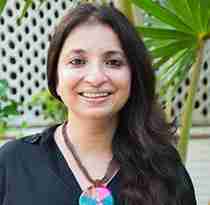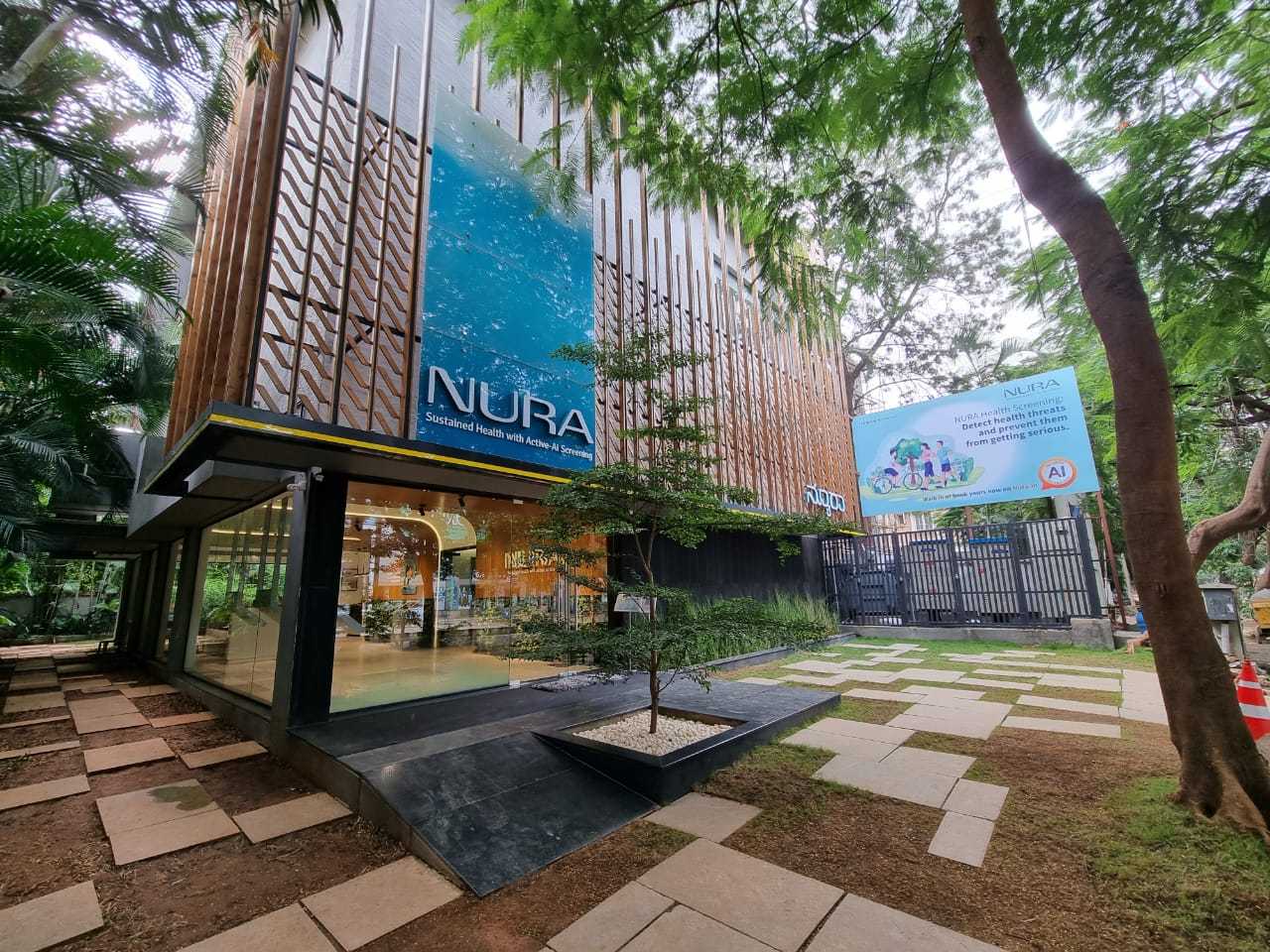How To Manage Varicose Veins
Varicose veins can often occur in the late 40s and among older women. Our expert shares a few guidelines on how to manage its treatment and pain relief.
The progressing age brings along different sets of challenges on a routine basis. They range from serious ones, nagging ones to unattractive ones. Varicose Veins are one of these. Long known as a older women’s problem, Varicose Veins and Spider veins are commonly seen among mid 40’s people. Though, varicose veins don’t present as serious health hazard, they might turn out to be highly uncomfortable and may even be very painful. On the other hand, spider veins are more likely to be unsightly. The condition of varicose veins is more common in women and is also known as varicose or varicosities. Let’s understand the basics of this phenomenon.
What Are Varicose Veins & Spider Veins
Varicose veins are veins that have become twisted, enlarged and overfilled with blood. They are commonly seen in legs. The veins have valves that prevent the flow of blood backwards, while leg muscles pump the blood against gravity towards the heart. The malfunctioning of these valves result in altered blood flow in veins, thus leading to varicose veins. Spider veins are cluster of smaller veins that develop closer to the skin. They often appear as red, blue or purple with spider web like appearance.
Potential Causes
The causative or aggravating factors for Varicose Veins are genetic, pregnancy, obesity, advancing age and also occupations that require long standing hours. According to American College of Phlebology, women are four times more at risk of having Varicose Veins due to pregnancy, menopause and constipation, among others.
Symptoms
The symptoms of varicose veins may range from a ropey feel in the leg due to bulge, heaviness, itching, and pain in legs, which intensifies on standing for long durations. There can be swelling and discolouration around the ankle.
Varicose veins are not just a cosmetic concern and are a health hazard. They can cause:
• Spontaneous bleeding: The skin over the veins becomes thinner and becomes more prone to injury.
• Superficial phlebitis: The inflammation of vein just below the surface of the skin.
• Venous leg ulcers: This occurs when the enlarged vein does not provide adequate drainage of fluid from the skin; the skin receives inadequate oxygen and an ulcer forms.
How To Treat & Manage Varicose Veins
The management of varicose veins and spider veins include relief in symptoms, prevention of complications, and improved appearance through lifestyle changes. The treatment can be surgical intervention or through conservational methods. Following are few conservational methods used to manage the varicosities:
1. Elevate your legs: To counter the effect of gravity, elevate the feet above the level of the heart. It will not only assist the flow of blood but also temporarily relax the valves. Elderly women can reduce their standing hours in kitchen by dividing the time judiciously. Resting their feet on a low stool or foot rest while sitting on a chair or sofa may also help.
2. Weight check: Obesity is a major aggravating factor of varicose and spider veins. Thus, maintaining the right weight and a healthy diet low in salt may help in better management.
3. Compression stockings: These are highly effective methods of managing varicose veins as the pressure garment reduces the dilation of veins. By reducing the pressure on veins, it can also reduce the pain.
4. Cold fomentation: Cold helps blood vessels to constrict, thereby relieving stress on the dilated vessels.
5. Uncrossing legs: Sitting crossed legged for longer periods puts additional pressure on calf muscles leading to restricted blood circulation.
6. Avoid wearing tight waistlines: Tighter waistlines hamper thorough blood circulation. Many people prefer wearing elastic garments due to operational ease. Make sure the elastic in the garments does not hamper circulation.
7. Avoid standing for longer durations: If it is an occupational demand, try taking frequent breaks to sit or move around.
8. Exercise regularly: A regular exercise routine helps in toning of muscles, which acts as natural circulatory pump. As the age progresses, the need to exercise also increases, benefitting multiple organs including varicosities.
These lifestyle modifications require little but persistent effort. They can be beneficial in providing relief and reducing complications. A journey of thousand steps begins with a single step. Start walking in the direction of health and wellness, for each minute of investment in health will reap bigger returns for a healthier tomorrow.
Featured image is for representation only. Courtesy: Pixabay
Comments
You may like to read:

Health and wellness
Five Lifestyle Changes To Ease Bladder Control

jessica smith
5 mins read

Health and wellness
Five things to keep in mind when considering organ donation

sunayana singh, ceo of organ india, an initiative of the parashar foundation
3 mins read

Health and wellness
How NURA Uses AI-Enabled Screening to make a difference in Preventive Healthcare

Silver Talkies
4 mins read

Post a comment